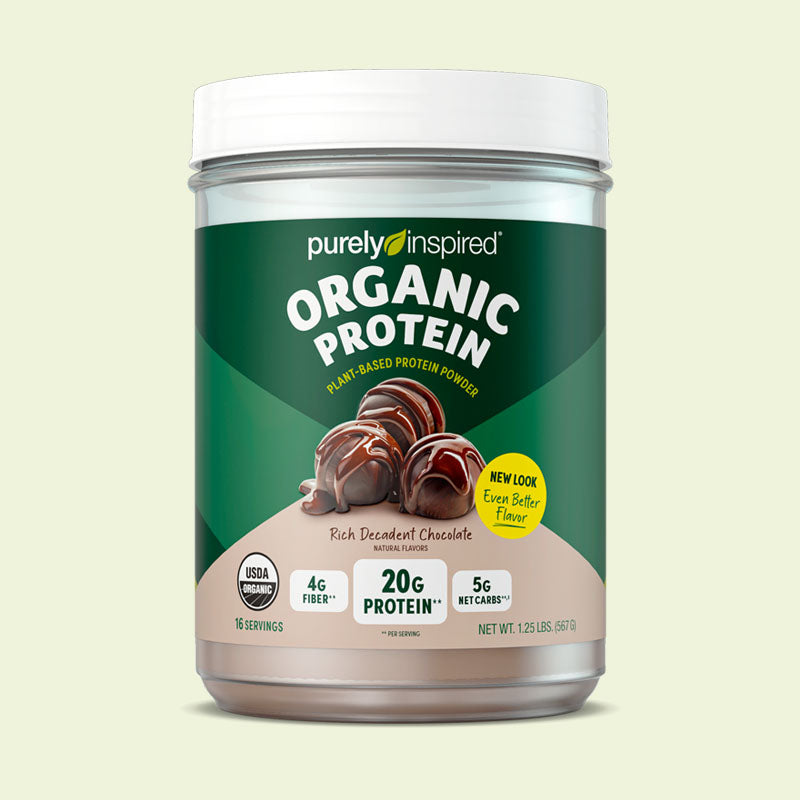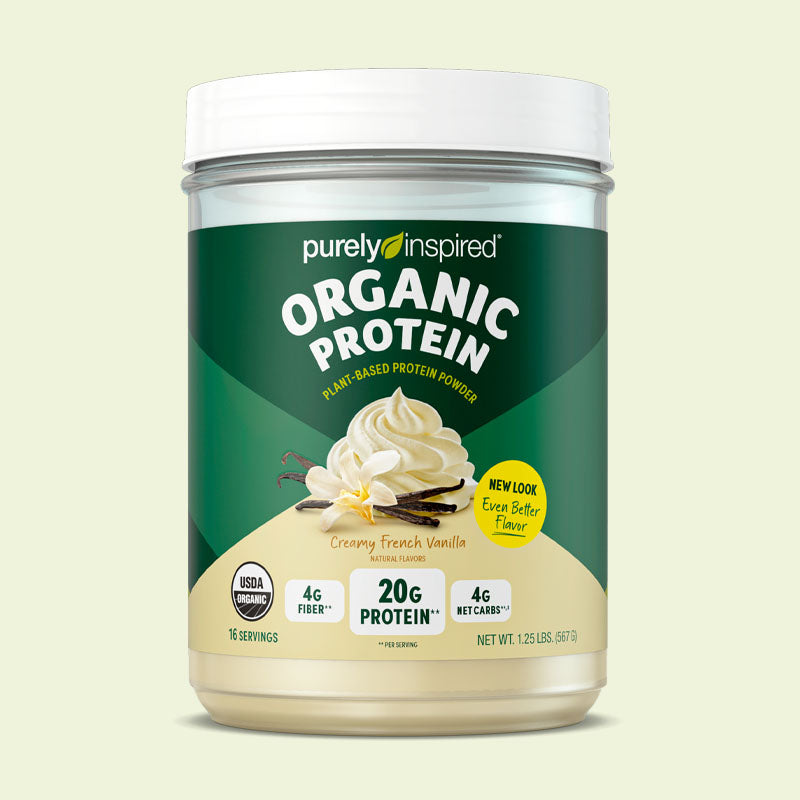While we understand that work can certainly get in the way of things from time to time, or that you may not have the motivation to work out occasionally, especially if you don’t like exercising in the first place. But we don’t want “a lack of equipment at home” to be what’s preventing you from exercising. So, here are 10 easy no-equipment exercises that you can do from the comfort of your own home.
10 At-Home Exercises (No Equipment Required!)
Exercise 1: Jumping Jacks
Why You Should Do Jumping Jacks: Jumping jacks are an efficient total-body workout that involves a combination of aerobic exercise and resistance work at the same time. A plyometric exercise, jumping jacks work your heart, lungs, and muscles all at once. Jumping jacks target your glutes, quadriceps, hip flexors, abdominal muscles, and shoulder muscles.
How To Do Jumping Jacks: Begin by standing with your legs straight and your arms at your sides. Jump up and spread your feet beyond hip-width apart, while bringing your arms above your head (nearly touching). Then jump again, lowering your arms and bringing your legs together, and return to the starting position. Try to do three sets of as many jumping jacks as you can in 30 seconds. Make sure to rest for a minute in between each set.
Exercise 2: Side To Side Hops
Why You Should Do Side To Side Hops: Side to side hops target your calves, legs, and hips. This exercise will increase your aerobic fitness, improve your agility, and strengthen your heart.
How To Do Side To Side Hops: Stand straight with both of your hands at your sides and your feet hip-width apart. Jump with both of your feet to the right, and then to the left, in a quick, repetitive movement. Set a timer for 30 seconds and do as many side to side hops as you can in that amount of time. Do three sets total, while making sure to rest for a minute in between each set.
Exercise 3: Mountain Climbers
Why You Should Do Mountain Climbers: An explosive bodyweight exercise, mountain climbers engage multiple muscle groups at once helping to improve your balance, agility, coordination, strength, flexibility, and blood circulation. Mountain climbers will also strengthen your arms, back, shoulders, legs, and core. This exercise will increase your heart rate, which will help you burn more calories, as well.
How To Do Mountain Climbers: Start in a press-up position with your hands shoulder-width apart directly under your shoulders. Next, pull your right knee toward your chest as quickly as possible without letting it touch the floor. Return to your starting position and do the same movement with your left knee. Then continue switching legs for 30 seconds. Do three sets total and rest for a minute in between each set.
Exercise 4: Standard (Or Knee) Push-Ups
Why You Should Do Push-Ups: Push-ups are an extremely effective bodyweight exercise that targets your chest, triceps, and the front of your shoulders (anterior deltoid muscles). In addition to working your core, push-ups will also improve your upper-body strength.
How To Do Standard Push-Ups: Start in a high plank position with your hands flat on the floor (about shoulder-width apart) and your wrists under your shoulders. While keeping your body in one long line and your core engaged, inhale as you bend your arms to lower your chest to the floor. Then exhale as you push back up to the starting position. Do 10 reps, or as many reps as you can while still maintaining proper form. Try to do three sets of 10 reps and make sure to rest for a minute in between each set.
How To Do Knee Push-Ups: If you can’t maintain a flat back or bend your arms fully during a push-up so that your chest almost reaches the floor, lower your knees to the floor and do a modified push-up from this position. Once you feel stronger and more comfortable doing knee push-ups, try doing standard push-ups again.
Exercise 5: Burpees
Why You Should Do Burpees: A cardiovascular exercise that engages your entire body, burpees will get your heart and lungs working hard in a short period of time. This exercise will also target your upper body, lower body, and core in every repetition. Burpees can also be added to a high-intensity interval training (HIIT) program for a calorie-blasting workout.
How To Do Burpees: Start in an athletic stance with your feet shoulder-width apart. Then with your hands out and open in front of your body, squat down and place your hands on the floor. As soon as your hands hit the floor, quickly extend both of your legs out behind you (in a push-up position). While engaging your core, remain in a push-up position for a split second and then immediately jump both of your feet forward, while bringing both of your knees closer to chest level with your toes on the ground. Next, explode up into the air, fully extending your ankles, knees, hips, and arms. The key to effective burpees is to do them as quickly as you can, while maintaining proper form. Do three sets of as many burpees as you can do in 30 seconds. Rest for one minute in between each set.
Exercise 6: Pulse Squats
Why You Should Do Pulse Squats: The squat is one of the most effective lower body exercises that you can do. For those of you who are looking for a more intense workout, the pulse squat involves holding a deep squat while pulsing up and down, which keeps your muscles engaged throughout the movement. Pulse squats will help to strengthen your muscles (quadriceps, hamstrings, gluteus maximus, core) and also improve your stance and balance.
How To Do Pulse Squats: Stand straight with your feet a little wider than shoulder-width apart. Keep your chest up and your shoulders back, while raising your arms in front of you to help with balancing. Then tighten your abs and breathe out as you start sinking into a squat position. Lower yourself down into the squat position, and as you rise up from the squat position, stop halfway. Lower yourself back down to the bottom of the squat position and pulse this several times at moderate pace. Do as many pulse squats as you can do in 30 seconds. Take a one-minute break in between sets and complete three sets total.
Exercise 7: Lunges
Why You Should Do Lunges: Lunges are an excellent body-weight training exercise that can help you with your overall health. Lunges target your quadriceps, hamstrings, calves, glutes, and core. When done with proper form, lunges can improve your strength, flexibility, and balance.
How To Do Lunges: Stand with your feet hip-width apart and your hands on your hips. Squeeze your glutes and make sure that the front of your hips are facing forward, not to either side. Next, take a step forward with your right or left leg, ensuring that your feet are still hip-width apart. While keeping your spine totally straight and perpendicular to the floor, slowly lower your body down toward the ground. Bring both legs into a 90-degree angle with your front knee over your front ankle and your back knee directly under your hip. Press back through your front foot to return to the starting position. Then repeat on your opposite leg. Do three sets of 10 lunges per leg and rest for a minute in between each set.
Exercise 8: Single-Leg Tricep Dips
Why You Should Do Single-Leg Tricep Dips: The single-leg tricep dip will build your arm and shoulder strength by working the muscles on the back of your upper arms. So, if you’ve been wanting to tone your arms, this is a great bodyweight exercise to do at home.
How To Do Single-Leg Tricep Dips: Sit on the ground with your knees bent and your feet flat on the floor about hip-width apart. Place your hands behind you with your fingers facing toward your body. Lift your hips up to bring your butt off the ground and shift your weight back into your hands. Then lift your right leg toward the ceiling. Bend your arms so your butt is hovering just above the ground. Keep your elbows tight toward the center of your body and try to avoid flaring them out at an angle when you lower yourself down. Then straighten your arms to return to the starting position. Do 10 reps on the same side and then do 10 reps with your other leg moving toward the ceiling. That’s one set. Do 3 total sets and take a one-minute break in between each set.
Exercise 9: Flutter Kicks
Why You Should Do Flutter Kicks: Flutter kicks are a great exercise for you to do since strong core muscles will make it easier for you to do many everyday activities, especially ones that involve reaching up or bending down. On the other hand, weak core muscles can leave you susceptible to poor posture, lower back pain, and muscle injuries. Flutter kicks target multiple parts of your core, including your back and lower abs.
How To Do Flutter Kicks: Lie on your back with your legs extended into the air so your body forms a 90-degree angle. Slowly lower your right leg down toward the ground as far as it will go, while maintaining contact between your lower back and the ground. Return your right leg to the starting position and then lower your left leg down the same way. Do as many flutter kicks as you can in 30 seconds, while maintaining proper form, and then rest for a minute. Do three sets total and take a one-minute break in between each set. And if you’d like, you can use a mat when doing this exercise.
Exercise 10: Glute Bridge
Why You Should Do The Glute Bridge: The glute bridge is a simple and effective way to strengthen your glutes and your core. When you sit a lot, your hamstrings and hip flexors can tighten up. The glute bridge stretches the stabilizers of your posterior chain, including your hip adductors, gluteus maximus, and hamstrings. Doing the glute bridge regularly can lead to building glute strength, a stronger back and core, and improved posture.
How To Do The Glute Bridge: Lie on your back with your hands at your sides, knees bent, and feet flat on the floor (hip-width apart). Squeeze your glutes and abs and push through your heels to lift your hips a few inches off the floor until your body forms a straight line from your shoulders to your knees. Pause and squeeze your glutes at the top. Then slowly lower your hips to return to the starting position. Try to do three sets of 15 to 30 reps. Make sure to take a one-minute break in between each set.
*The links used in this article are being provided as a convenience and for informational purposes only; they do not constitute an endorsement or an approval by Iovate Health Sciences International Inc. or any of its affiliates (“Iovate”) of any of the products, services or opinions of the corporation or organization or individual. Iovate bears no responsibility for the accuracy, legality or content of the external site or for that of subsequent links. Contact the external site for answers to questions regarding its content.







